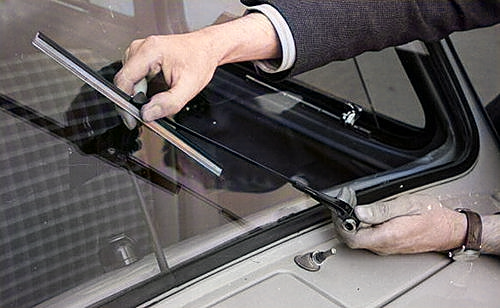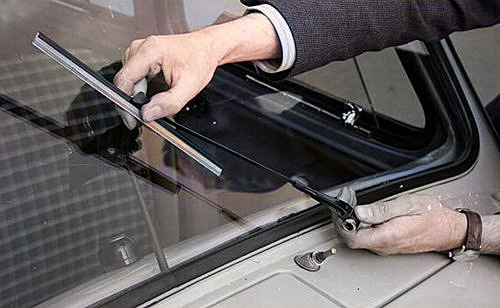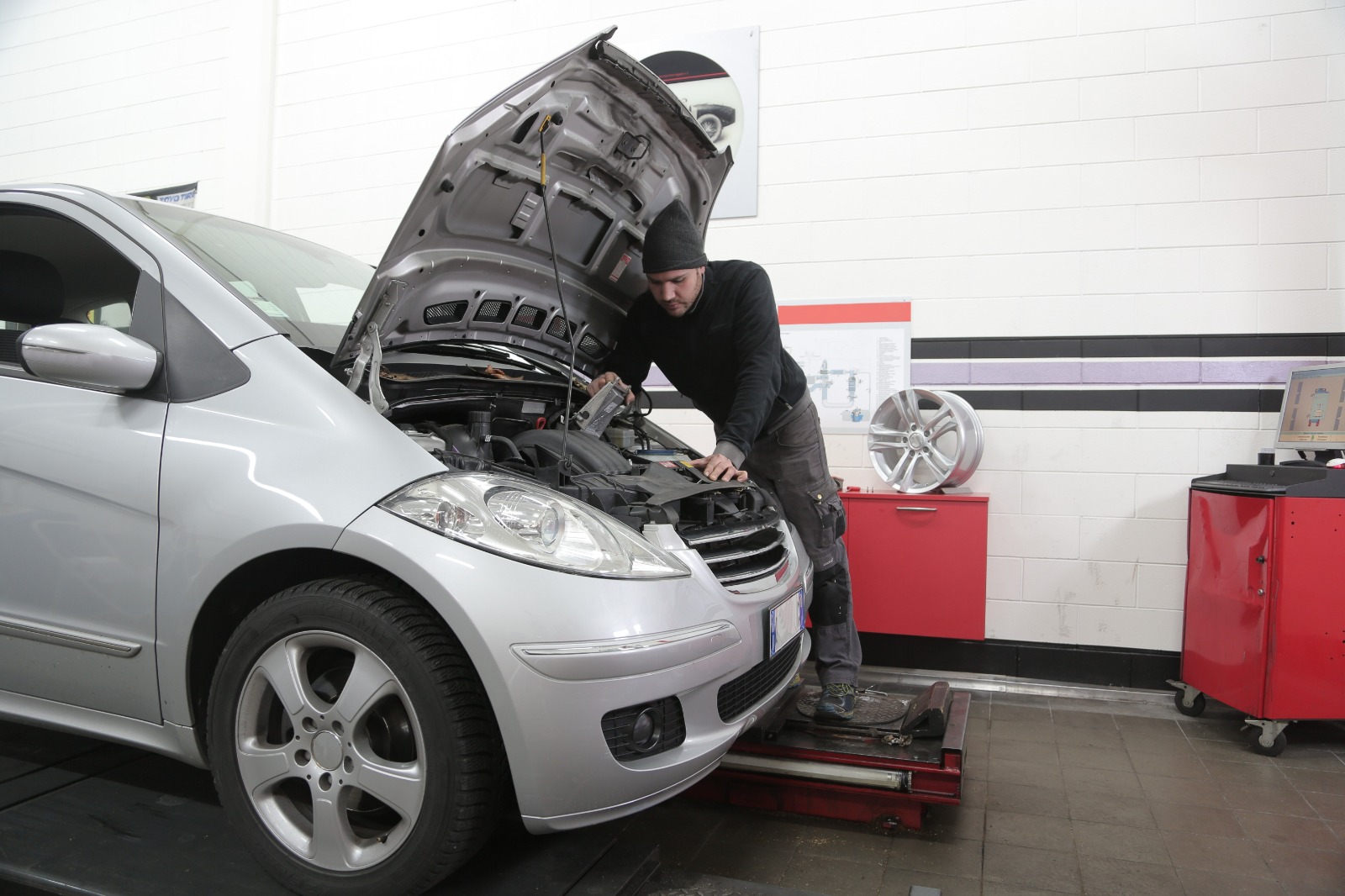Introduction
As a car owner, whether you have just purchased a brand new vehicle or have been driving the same car for years, one thing remains constant: the importance of proper car maintenance. Keeping up with regular maintenance tasks can not only improve the safety and reliability of your vehicle, but also save you money in the long run. Whether you are a new car owner learning the ropes or an experienced driver looking to refresh your knowledge, or even business owners owning a fleet of cars, understanding the importance of car maintenance and developing good habits is crucial for the longevity and performance of your vehicle.
Proper car maintenance is crucial for ensuring the safety and reliability of your vehicle. Regular maintenance helps to prevent mechanical problems from occurring and catching them early before they become more serious issues. It can also extend the lifespan of your car, saving you money in the long run. Additionally, well-maintained vehicles tend to have better fuel efficiency, reducing your overall expenses on gas.
In this post, we’ll provide a more in-depth rundown of proper car maintenance, including an explanation of why car maintenance is important, how to do proper car maintenance whether you’re a new car owner or an experienced one, and other factors that where proper car maintenance will play a major role.
What is Car Maintenance (and Why Does it Matter)?
Car maintenance is especially important for new car owners because it can significantly impact the lifespan and performance of their vehicle. While new cars are generally more reliable and require less maintenance than older vehicles, neglecting regular maintenance tasks can still lead to expensive repairs and decreased performance over time.
New car owners may assume that their vehicle doesn’t require maintenance until a certain mileage point or until problems arise, but this is a common misconception. Regular maintenance tasks such as oil changes, tire rotations, and fluid top-offs should be performed according to the manufacturer’s recommendations to ensure the car is operating at its best.
In addition to preventing mechanical issues, proper maintenance can also help new car owners maintain their warranty coverage. Many warranties require that specific maintenance tasks are performed at certain intervals, and failure to comply with these requirements can void the warranty.
Proper car maintenance may also indirectly affect car insurance premiums. Insurance companies use a variety of factors to determine car insurance rates, including the age of the vehicle, the driver’s history and age, the vehicle’s make and model, and the location where it’s driven. However, a well-maintained car may have fewer mechanical issues and be less likely to be involved in accidents, which can lead to lower insurance rates.
Additionally, some insurance providers offer discounts to drivers who have completed defensive driving courses or have installed safety features in their cars, which can also reduce insurance premiums. (Consult with your insurance provider to determine what factors impact your premiums and what steps you can take to reduce your costs.)
The History of Car Maintenance
The history of proper car maintenance dates back to the early days of the automobile industry in the late 19th century. At that time, cars were still a new and emerging technology, and there were no standardized maintenance procedures in place. However, as more people began to own and operate cars, it became apparent that regular maintenance was necessary to keep them running smoothly and safely.
During the early 20th century, as the automobile industry grew and technology improved, car manufacturers began to develop maintenance manuals and schedules to help car owners take care of their vehicles. These manuals provided guidance on basic maintenance tasks such as oil changes, tire rotations, and brake inspections.
As cars became more complex and sophisticated, maintenance requirements also increased. In the 1970s, for example, the introduction of emission control systems added new maintenance tasks such as catalytic converter inspections. Today, car manufacturers provide detailed maintenance schedules that outline the recommended maintenance tasks at specific mileage intervals.
Overall, proper car maintenance has evolved over time as technology and knowledge have advanced. While the specific maintenance requirements may have changed, the importance of regular upkeep remains the same: to ensure that vehicles are safe, reliable, and can provide years of trouble-free operation.
The Pros and Cons of Car Maintenance
Proper car maintenance is an essential part of owning and operating a vehicle. While there are many benefits to maintaining your car, there are also some potential drawbacks to consider. In this discussion, we’ll explore both the pros and cons of proper car maintenance to help you make an informed decision about how to take care of your vehicle. Whether you’re a seasoned car owner or a new driver, understanding the benefits and drawbacks of proper car maintenance can help you keep your car running smoothly and safely.
Pros:
- Better performance: Regular maintenance helps keep your car running smoothly, improving fuel efficiency and overall performance.
- Longer lifespan: Proper maintenance can extend the lifespan of your car, saving you money in the long run.
- Safer driving: A well-maintained car is less likely to break down or experience mechanical issues, reducing the risk of accidents.
- Higher resale value: A well-maintained car is more attractive to potential buyers, leading to a higher resale value.
Cons:
- Time and cost: Maintaining your car can be time-consuming and expensive, especially if you take it to a mechanic for service.
- False sense of security: Regular maintenance doesn’t guarantee that your car won’t experience issues or breakdowns.
- Over-maintenance: Some car owners may be tempted to perform too much maintenance, leading to unnecessary costs and potential damage to the vehicle.
In conclusion, while there are some drawbacks to proper car maintenance, the benefits far outweigh the negatives. Maintaining your car can save you money in the long run and ensure that you have a safe and reliable vehicle to drive.
How to do Proper Car Maintenance
 So without further ado, let’s dig in to the nitty gritty of proper car maintenance
So without further ado, let’s dig in to the nitty gritty of proper car maintenance
- Regular oil changes: Changing your oil and oil filter every 5,000-7,500 miles (or as recommended by the manufacturer) can help keep your engine running smoothly.
- Check fluid levels: Regularly check and top off fluids such as coolant, brake fluid, power steering fluid, and transmission fluid.
- Replace air filter: A dirty air filter can decrease fuel efficiency and affect performance. Replace it every 15,000 to 30,000 miles or as recommended by the manufacturer.
- Inspect tires: Regularly check tire pressure and look for signs of wear or damage. Rotate tires every 5,000 to 8,000 miles.
- Replace spark plugs: Replace spark plugs every 30,000 to 100,000 miles, depending on the manufacturer’s recommendations.
- Check brakes: Have your brakes checked regularly and replace brake pads when they become worn.
- Check Radiator: Ensure the engine is cool, locate the radiator, remove the radiator cap, and visually inspect the coolant level, adding more if necessary.
- Check Battery: use a multimeter to measure the voltage across the battery terminals, ensuring it’s between 12.4 and 12.7 volts when the engine is off.
- Check Windshield Wipers: simply lift them off the windshield, inspect the rubber blade for cracks or damage, and replace if necessary.
- Check Car Lights: turn on all lights and walk around the vehicle to ensure all headlights, taillights, brake lights, turn signals, and emergency flashers are working correctly.
- Keep up with recommended service intervals: Refer to your car’s owner’s manual for recommended service intervals and stick to them.
- Keep it clean: Regularly washing and waxing your car can help prevent rust and preserve its appearance.
- Address problems promptly: If you notice any issues with your car such as strange noises, warning lights, or decreased performance, address them promptly to prevent further damage and costly repairs.
Tips and Reminders for Car Maintenance
- Keep a maintenance schedule: Record all maintenance tasks performed and refer to your car’s owner’s manual for recommended service intervals.
- Use high-quality fluids and parts: Use high-quality motor oil, coolant, brake fluid, and other fluids recommended by the manufacturer to help keep your car running smoothly
- Address problems promptly: Addressing any issues with your car as soon as you notice them can help prevent further damage and costly repairs.
- Don’t neglect the little things: Regularly checking tire pressure, keeping your windshield clean, and replacing wiper blades are small tasks that can greatly impact your driving experience.
- Consider your driving habits: If you frequently drive in harsh conditions, such as extreme heat or cold, dusty roads, or stop-and-go traffic, you may need to perform maintenance tasks more frequently.
- Check your owner’s manual: Your car’s owner’s manual provides valuable information about recommended maintenance tasks, service intervals, and other important details.
- Find a trusted mechanic: Building a relationship with a trusted mechanic can help ensure that your car is properly maintained and any issues are promptly addressed.
- Take care of your car’s exterior: Regularly washing and waxing your car can help prevent rust and preserve its appearance.
In conclusion, proper car maintenance is crucial to ensure the longevity, reliability, and safety of your vehicle. By following the basic steps for car maintenance, regularly checking important components such as the radiator, battery, windshield wipers, and car lights, and considering the tips and reminders outlined above, you can help prevent costly repairs and ensure a smooth driving experience. Remember to refer to your car’s owner’s manual for specific maintenance requirements and recommendations, and address any issues promptly to prevent further damage. By taking care of your car, you’ll be able to enjoy a safe and reliable ride for years to come.
In the meantime, why not check some of the premium car wiper blade replacements that UNIWIPER is offering? Select your vehicle below to get started.



